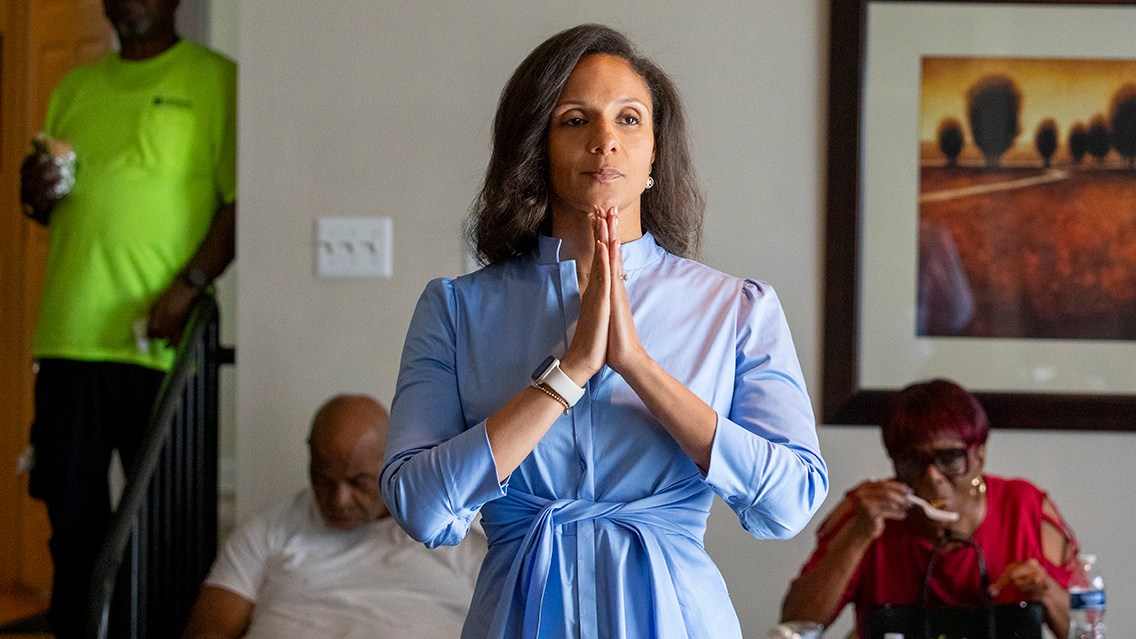Inside a retirement home off a street overgrown with weeds, Mary Sheffield, the frontrunner to become Detroit’s next mayor, laid out her vision for the future.
It’s one where the buses run on time, the rubbish gets picked up, and the fact that she is a young African-American woman comes a distant second to her record as the president of the city council.
“I hate to say it. No disrespect,” she said, to a group of retired people. “But there’s a lot of things that are going on, whether it’s management and tenant issues, whether it’s things around the building, a street light or properties that need to be torn down, issues within the building, cleanliness, elevators not working … what’s going on? How can we help?”
Sheffield, 38, is the daughter of a prominent pastor, commands the support of the business community and is as comfortable on TikTok and Instagram as she is pressing the flesh at community events.
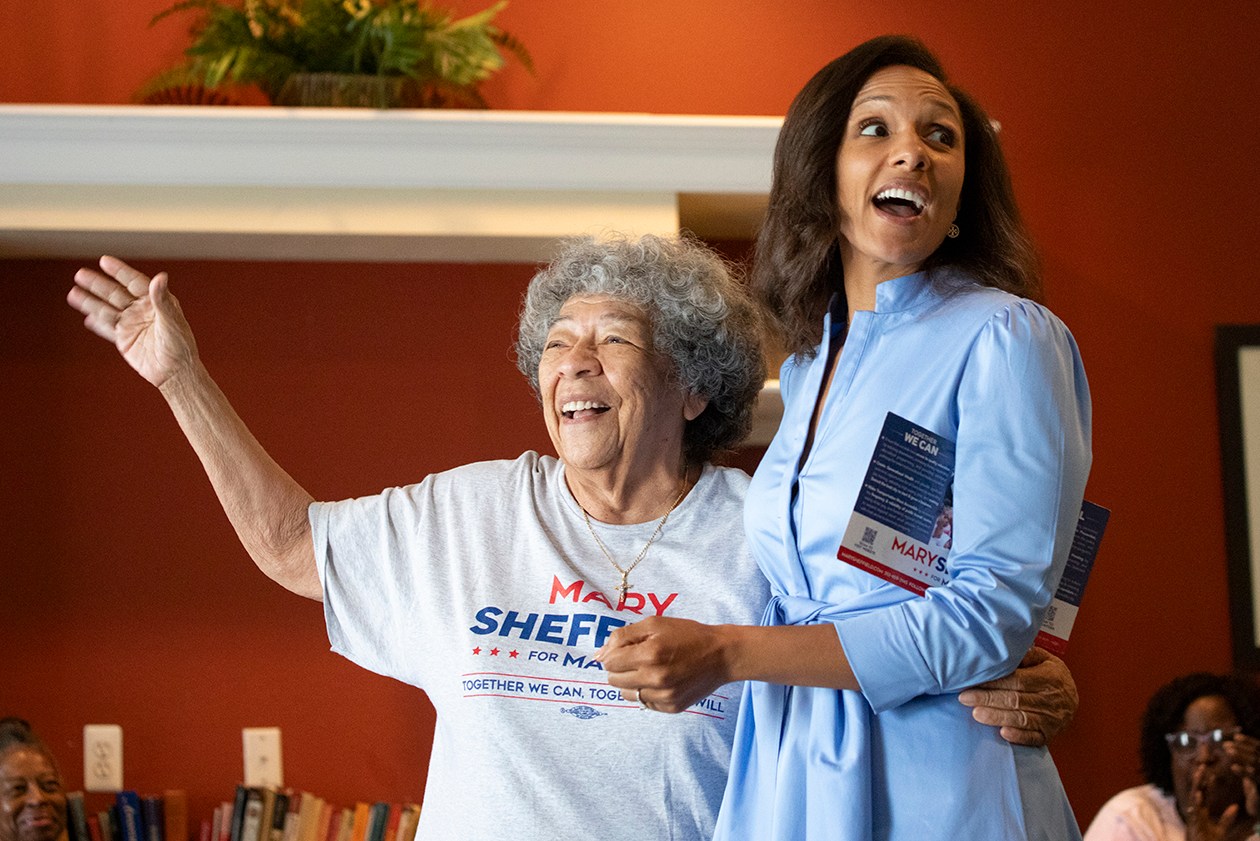
Sheffield hugs her grandmother while on the campaign trail
WILLIAM PUGLIANO FOR THE SUNDAY TIMES
But what has really struck Democrats nationally, as they face 35-year low approval ratings, is her success in shunning divisive rhetoric and identity politics, and focusing instead on infrastructure, public safety and affordability.
In this overwhelmingly Democratic city, the mayoral primary election this week has become a battleground for different trajectories for the party.
• The Democrat fantasy is dead. They’re no longer the workers’ party
Sheffield’s brand of moderate, solutions-oriented politics is one possible path out of the wilderness. It also provides a counterpoint to the success of Democrat mayoral candidate Zohran Mamdani in New York, whose left-wing populist policies have also been touted as a future for the party, and Omar Fateh, another “democratic socialist” who won the party’s endorsement in Minneapolis.
Sheffield’s campaign manager, Chris Scott, who worked on Barack Obama and Kamala Harris’s presidential campaigns, said that he had learnt from the Democrats’ failure in 2024 that voters had to be met where they were, and that votes needed to be earned.
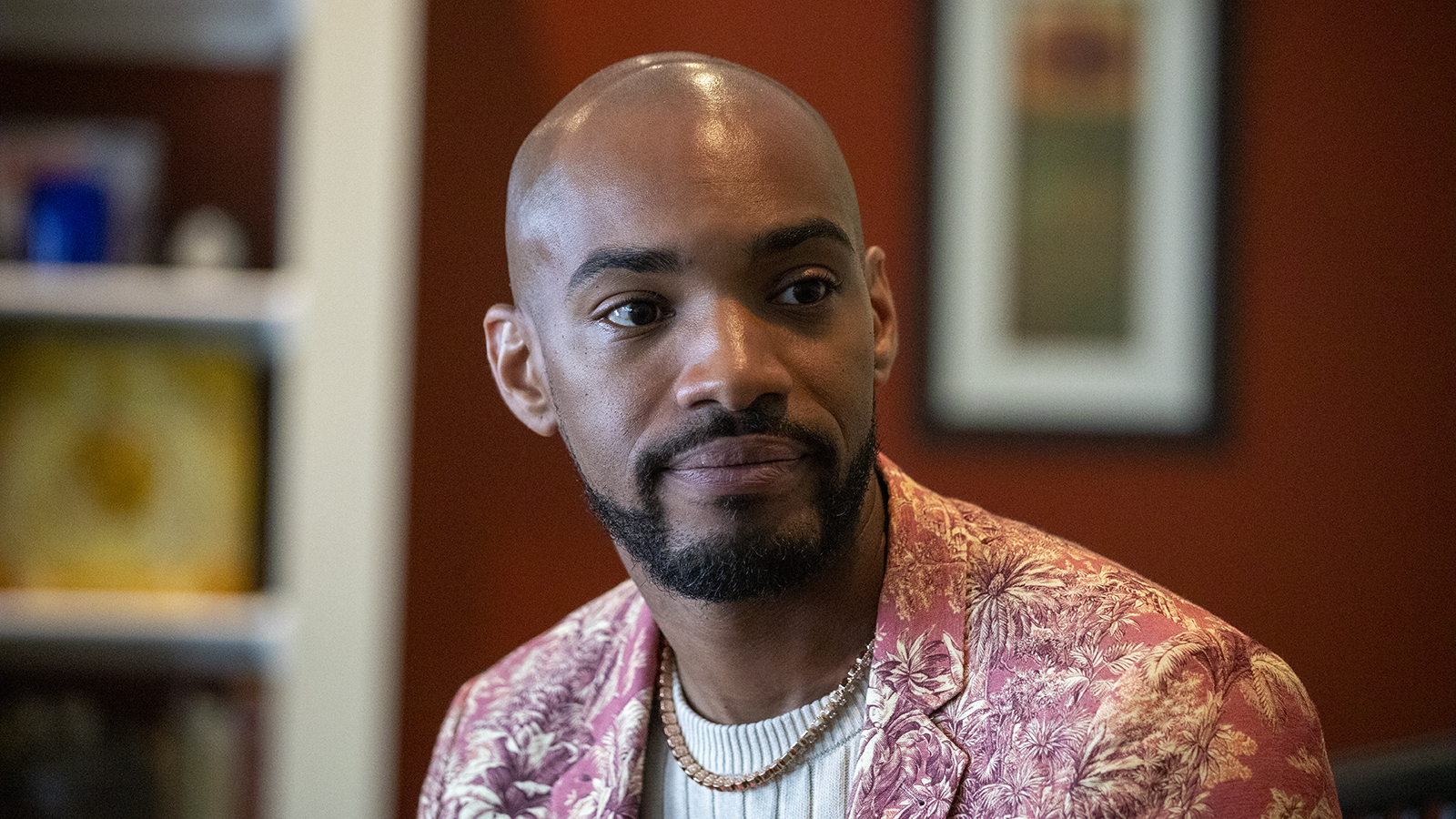
Chris Scott, Sheffield’s campaign manager
WILLIAM PUGLIANO FOR THE SUNDAY TIMES
“Whether or not you consider black voters, young voters as your base, you still need to treat them almost like they’re persuadable,” he said. “What I saw here wasn’t any different than what I saw in Philadelphia, Milwaukee, Atlanta, particularly when it came to some of the bigger issues that were happening. It wasn’t just about turnout. It was about people feeling like they were talked to and seen.”
The mayoral race, which will be decided in elections in November, comes at a crucial time for the city.
Over the past decade, Detroit has fought back from bankruptcy and near-collapse. It now has a thriving urban centre and, officials claim, a rising population for the first time in over 60 years.
But progress remains precarious. In the 1940s, Detroit was known as Motor City, famous as the home of Ford, General Motors and Chrysler. The city boomed with immigration from Europe and the South, where African-Americans flocked to escape from Jim Crow laws, only to find that they still had to live in segregated neighbourhoods.
Then, in the 1950s and 1960s, the auto industry declined, racial tensions increased and those who could afford to, moved away in the “white flight” that left neighbourhoods abandoned and the city populated overwhelmingly by poor African-Americans.
Through the second half of the 20th century, Detroit grew emptier and more dangerous. Then, in 2008, the financial crisis hit. GM and Chrysler went bankrupt the year after. In 2013, the city did too. Detroit became known for its acres of ruined family homes — reminders of its once-prosperous past.
At the time of the bankruptcy, nearly half the streetlights didn’t work, the population had dropped by 60 per cent since 1950, and officials seriously considered shutting down and blocking off “unsalvageable” neighbourhoods because they couldn’t support them.
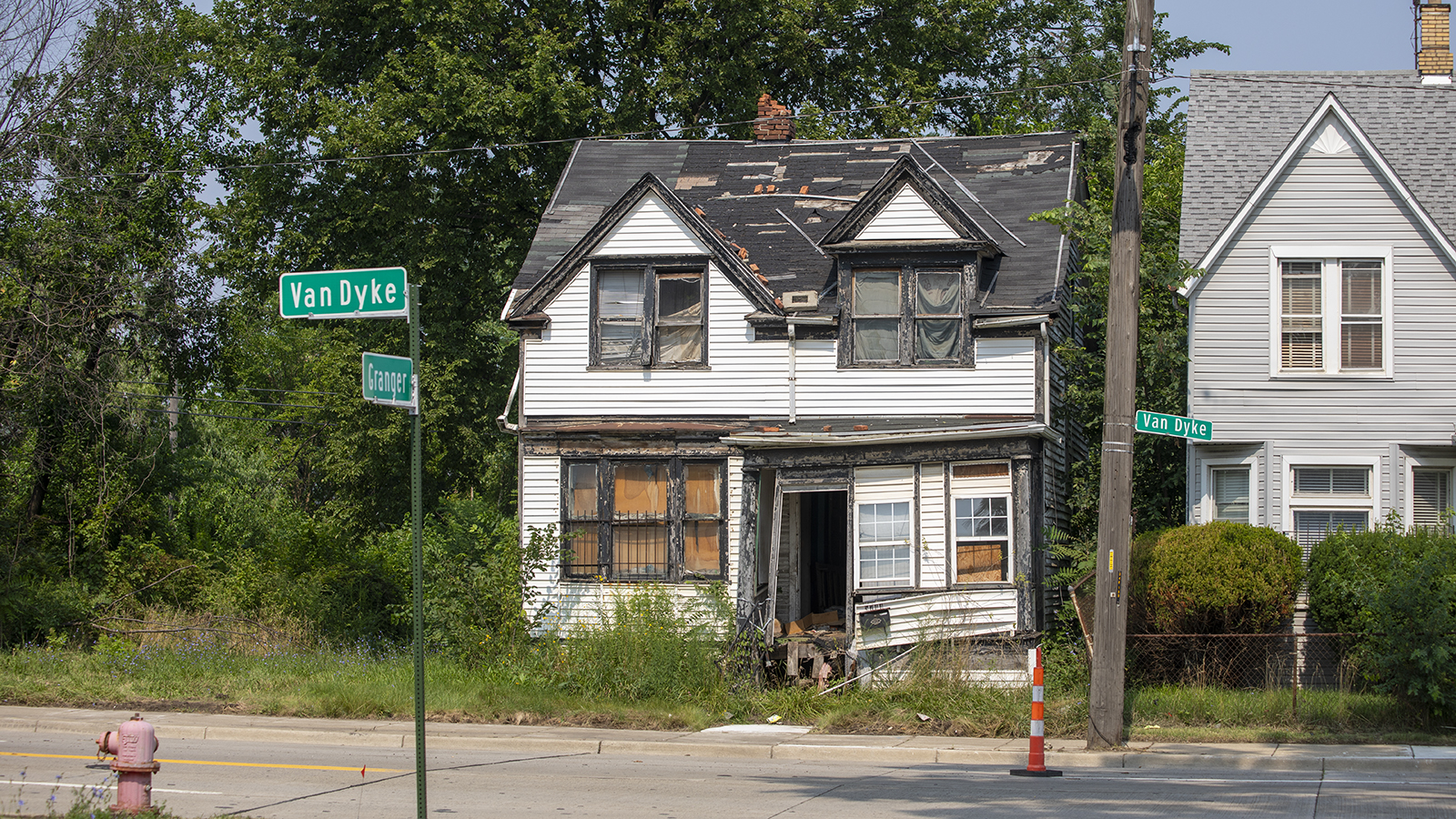
An abandoned house in Detroit. The city once had 40,000 such buildings but most have been demolished or renovated
WILLIAM PUGLIANO FOR THE SUNDAY TIMES
Then, the comeback began. Under Mike Duggan, the present mayor, investment poured into downtown, and the revitalisation of some other neighbourhoods began. New arrivals, most of them white, moved into the city, drawn by incentives to encourage repopulation.
For many of the longer-term residents, most of them African-Americans, who had stayed through the worst years, it felt like the much-vaunted development was pricing them out.
That’s something Sheffield and several of her rivals want to change. “Now it’s about how do we build upon that foundation and really hone in on some of the outstanding issues like poverty and homelessness and housing in neighborhoods,” she said.
Many fear that the transition to new leadership places this fragile recovery in jeopardy. Mario Morrow, a veteran political consultant, said these were the most crucial mayoral elections since Coleman Young became Detroit’s first African-American leader in 1973.
“The business community is nervous. Community residents are nervous. You know, Wall Street’s nervous,” Morrow said.“How is the city going to progress under whoever becomes mayor? Is that person going to continue these major relationships, these key relationships with big business, with corporate leaders?”
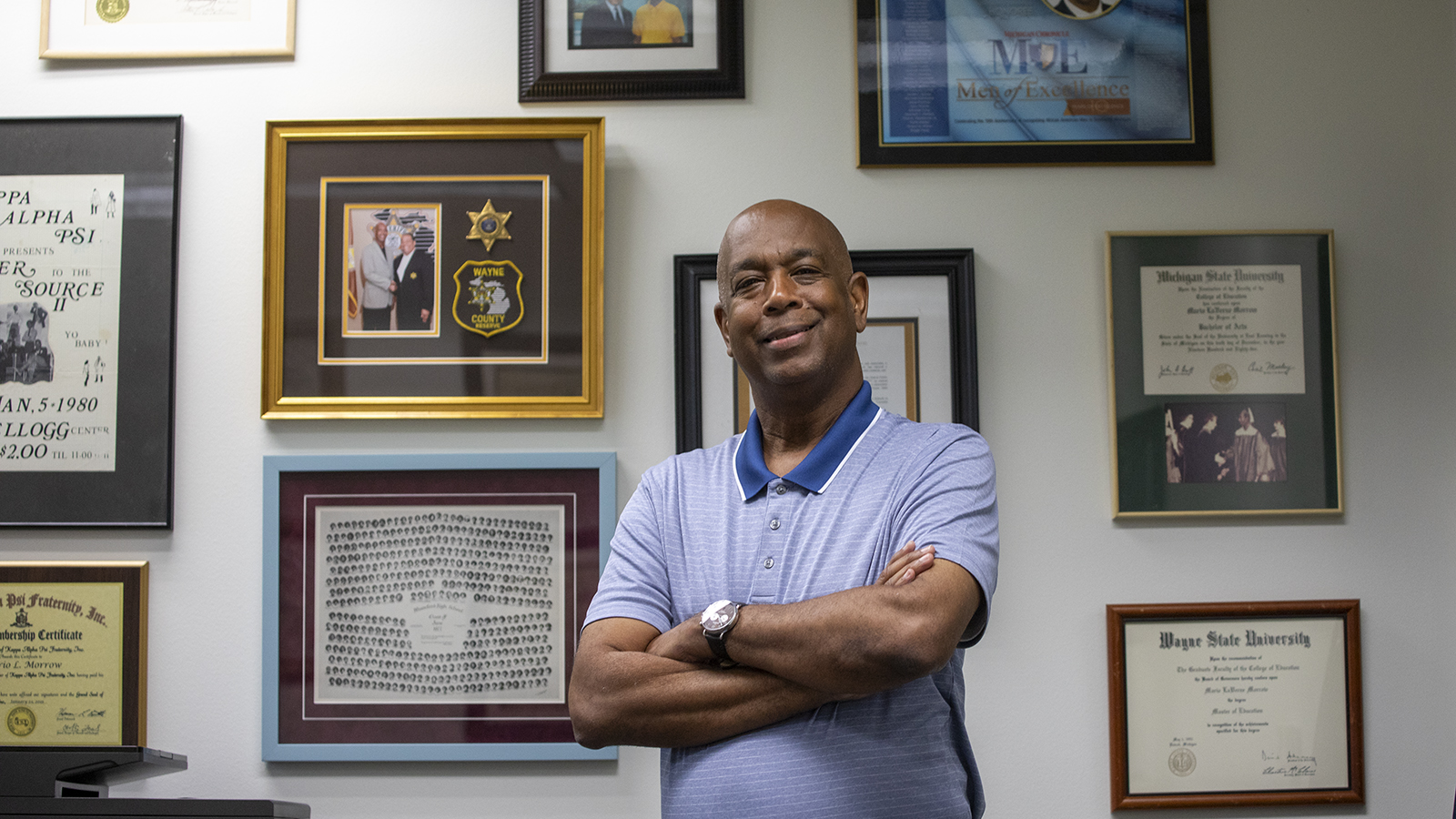
Mario Morrow
WILLIAM PUGLIANO FOR THE SUNDAY TIMES
Other residents are more positive. When April Anderson left her finance job to found Good Cakes and Bakes with her wife in 2013, her parents told her she was mad. Yet the bet paid off: their bakery now sits on a busy street on the West Side, and is packed with customers who buy their peach cobbler cookies and lemon velvet cakes.
She realised that things were different, she said, when she was on her way to the bakery early one morning and saw a white couple out with their baby in a pram.
“When you see white people outside at three o’clock in the morning walking, you know that Detroit is changing, because it was at one point where the mayor used to be like, ‘Do not go get gas after 10 o’clock,’” she said.
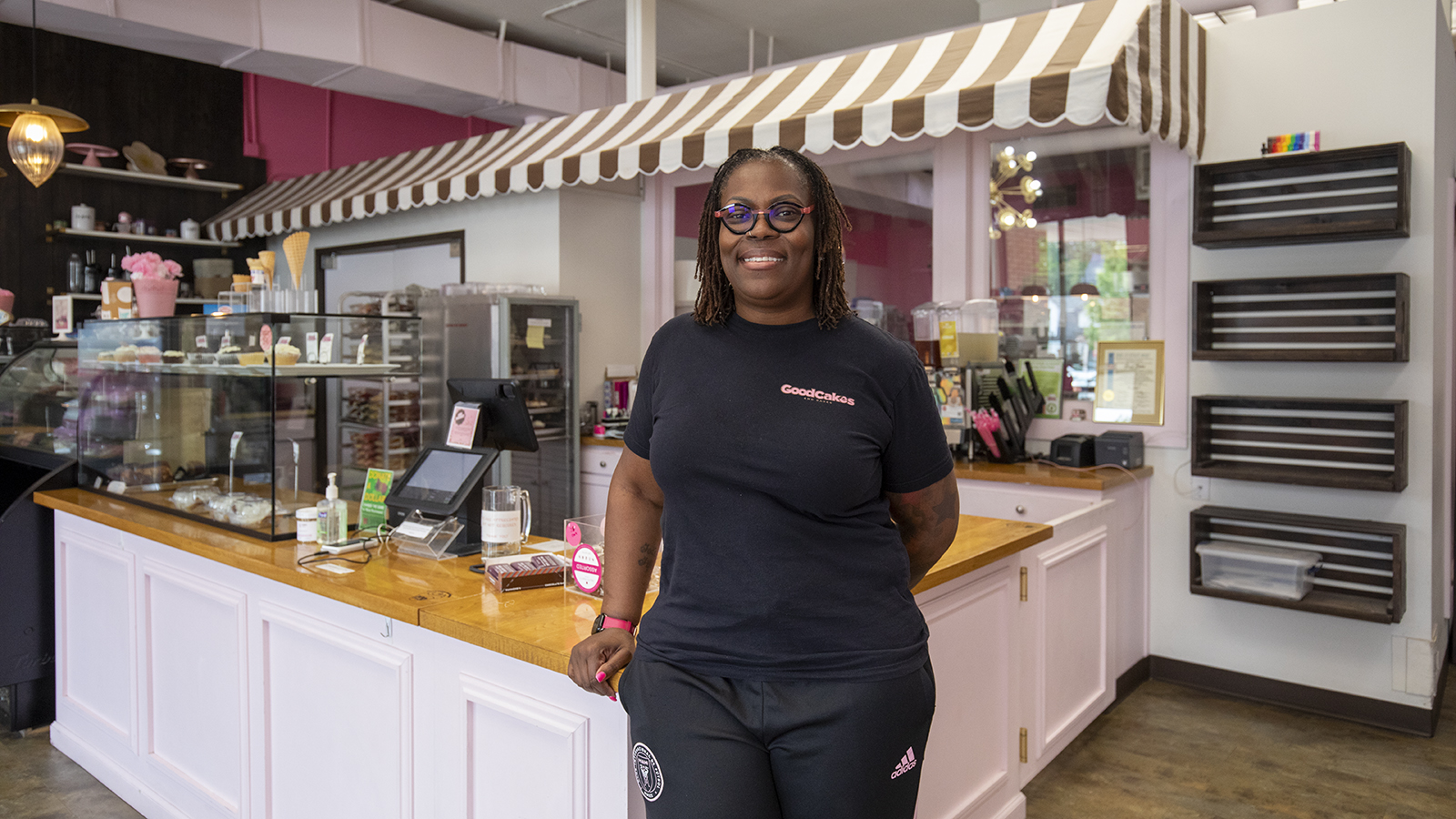
April Anderson
WILLIAM PUGLIANO FOR THE SUNDAY TIMES
LaJuan Counts, a senior official at the city’s construction and demolition department who has overseen the destruction of 8,000 derelict buildings, and the stabilisation and renovation of many more, remembers being afraid as a child of the night before Halloween, known as Devil’s Night, where roaming gangs would burn down abandoned houses across the city.
In the past decade, officials claim, all but around 2,000 of the 40,000 abandoned buildings that once blighted Detroit have been demolished or renovated. Downtown, and in some other parts of the city, investment from the public and private sector — most significantly from the online mortgages billionaire Dan Gilbert — has led to a transformation.
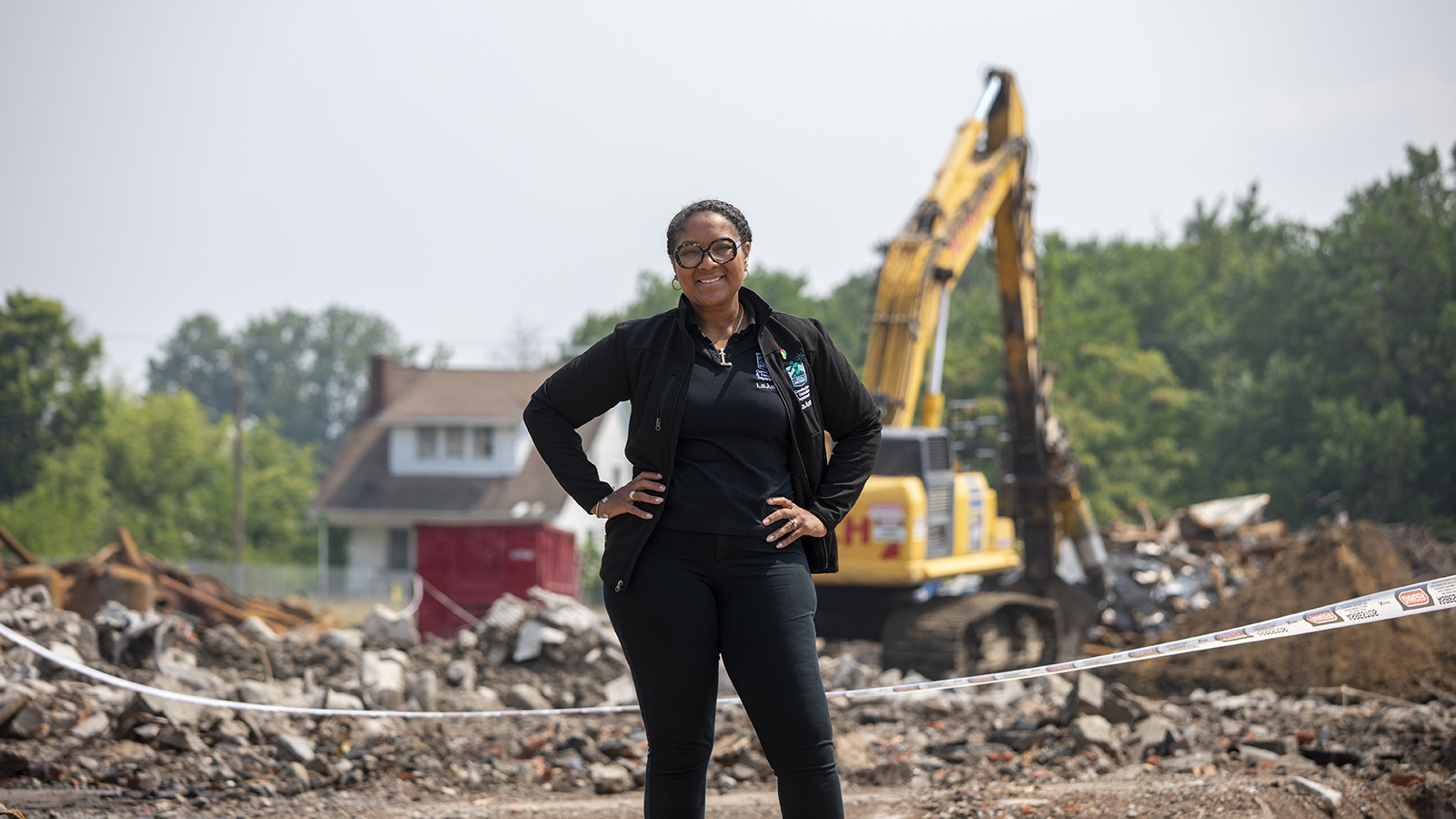
LaJuan Counts in a commercial demolition site
WILLIAM PUGLIANO FOR THE SUNDAY TIMES
Patrick Cooper-McCann, professor of urban studies and planning at Wayne State University, said that despite issues with gentrification and a lack of affordable housing, things were getting better. “Unemployment has fallen. Property values have gone pretty much back up to the level that they were prior to the crisis. This isn’t to say that everything in Detroit is great, but it’s been about a decade of slow, steady economic progress,” he said.
Yet many Detroit residents say they still feel unsafe. While levels of violent crime have fallen — last year, there were around 200 murders, compared with 615 in 1991 — the lack of public safety affects everything from investment to immigration.
Kathleen Mosby, 61, a retired playschool teacher who lives at the retirement home that Sheffield, the mayoral candidate, visited last week, said she had been lucky to escape with her life after a stray bullet was fired through the window of her nearby flat a few days earlier.
Sheffield told her that she’d open an office of gun safety if elected. That wasn’t enough for Mosby. “You need to invest in the neighbourhoods, you know, because that’s where the people live,” she said.
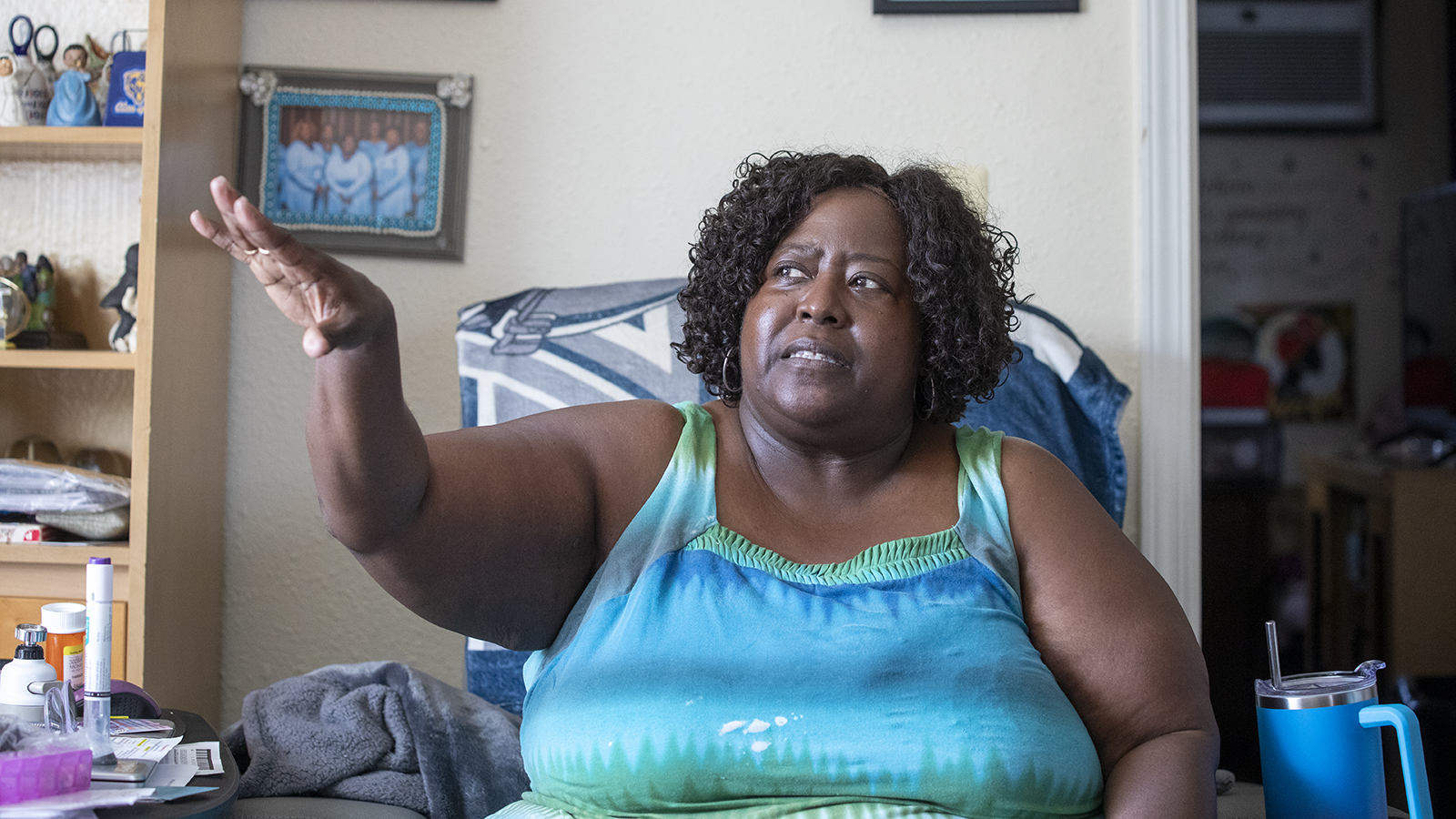
While there have been improvements, some residents say they don’t feel safe. A bullet came through Kathleen Mosby’s window last week …
WILLIAM PUGLIANO FOR THE SUNDAY TIMES

WILLIAM PUGLIANO FOR THE SUNDAY TIMES
Not everyone is impressed by Sheffield. Adolph Mongo, another political analyst who has seen the full arc of the city’s decline and rebirth, said he didn’t think she had enough life experience outside politics to drive through the changes Detroit still so urgently needs.
Other candidates like Saunteel Jenkins, who quit her job as a city official to run a non-profit organisation, or Solomon Kinloch, a well-known pastor, could also pose a serious challenge to her in November, he added.
All of them will face a huge challenge, with the federal funds that flowed in after the city declared bankruptcy starting to dry up.
“There’s a lot of work to do,” Mongo said. “We’ve mortgaged our future. Declared bankruptcy. Sold off all our jewels. It’s going to be some rough times for the new mayor. Whoever it is.”
